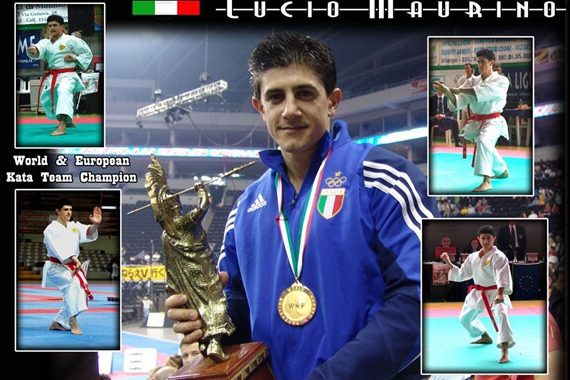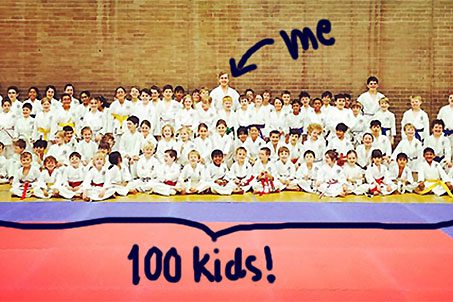“Classical Karate.”
“Traditional Karate.”
“Old-style Karate.”
“Orthodox Karate.”
These descriptions, and many more, are frequently thrown around, when people are talking about their style, school or association. They want to feel original, like what they do is the “one and true way” and everything else is a variation or copy of their stream. They feel safe, somehow, knowing that what they do is the “original way”, because then you can’t go wrong, can you?!
“Hey, we do like this because the ancient masters did so hundreds of years ago. It’s the old way, so it can’t be wrong”.
Okay, okay, calm down, let’s see.
There is a simple test to see if what you train is actually the “old way” of training Karate.
Please answer the following ten questions (based on historical facts):
1. Do you frequently try your skills in fights with other people/thieves/thugs/streetfighters to see if it actually works? You can either decide the place and time to fight with someone, or you can just search your town for a gang to fight. Because that’s what they did in the old times
2. Do you constantly train and study one kata every day for years, (approximately three years), before you even think you have grasped something as essential as the basic stance and footwork of the kata? Because that’s what they did in the old times.
3. Do you frequently pursue activities tht may look like the exact opposite of Karate, like calligraphy, philosophy, literature, music or gardening? Because that’s what they did in the old times.
4. If you are an instructor: Do you make new students beg for months, give you gifts, and have them perform chores around the dojo/house, before you finally – with a hint of doubt – accept them as your students? Because that’s what they did in the old times.
5. If you are a student: Did you beg for months, give your sensei gifts, and perform chores around the house/dojo, before you finally – with a hint of doubt – became accepted as a student? Because that’s what they did in the old times.
6. Do you consider the three K’s of Karate to be these: Kata (form) Kumite (sparring) and Kihon (basics)? Or do you consider them to be: Kitsui (hard), Kiken (dangerous) and Kitanai (vulgar)? Because that’s what they did in the old times.
7. Do you consider applications and techniques brought from China (mainly Qin-na, Shuai Jiao and Quan-fa), mixed with your own Okinawan mindset, combined with a big dose of Siamese Boxing (like the preferance for closed fists over open, unlike in China) to be the source of what you train? Because that’s what they did in the old times.
8. Do you train with weapons and various farming tools (converted into weapons), with names like tonfa, sai, nunchaku and kama? Do you also train with sharp Chinese broadswords (da-dao), spears and hilebards? Because that’s what they did in the old times.
9. Do you frequently lift weights designed specifically to aid your Karate-techniques? Do you repeatedly hit your fists, forearms and shins into wooden poles covered in straw/hemp-rope? Do you also hit other hard stuff, like trees, rocks, buckets of pebbles, stones, bamboo and such, to harden and strenghten yourself? And remember, you have to hit thousands of times. Because that’s what they did in the old times.
10. Do you simply refer to your training as fighting (in your language)? Or sometimes Chinese fighting, because you really admire the high standing prosperous culture of China? You may absolutely not call it the way of the empty hand or anything like that. Just call it fighting, or combat, or preferably a highly local word for “whooping ass”. Because that’s what they did in the old times.
Oh yeah, they trained in their underwear as well.
You’ll have to do that too.
——- End of questionnaire ——-
If you answered yes to the above ten questions, you are truly training “Old style-Orthodox-Traditional-Super-Ancient-Karate”, just like it was practised in Okinawa many moons ago.
However, if you answered NO to any of the questions above, please stop saying you practise/teach “Old style-Orthodox-Traditional-Super-Ancient-Karate-jutsu-Toudi-Whatever”, just like it was practised in Okinawa.
Because you don’t.
Really.



13 Comments